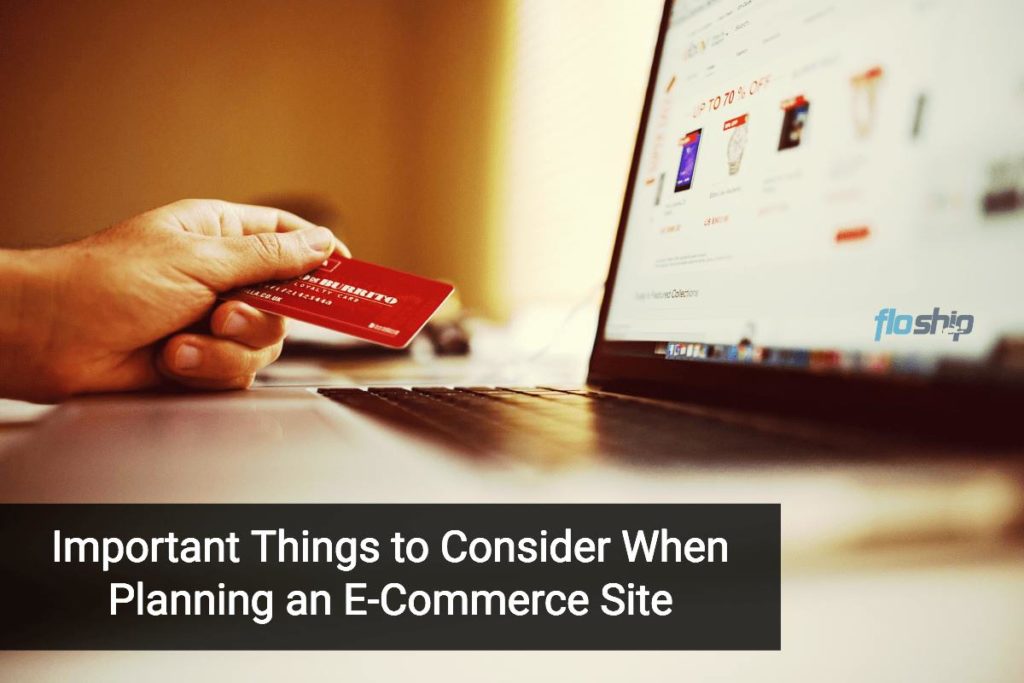Niche-based sites are easier to promote because they have less competition and are more targeted than their generalized counterparts.
2. Content Management System
While it’s possible to build an e-commerce store using nothing more than Notepad or your preferred word processing program, doing so isn’t practical. Whenever you need to make a change, such as adding a new product, editing an existing product, or publishing articles, you’ll have to edit the respective document and upload back to your server, all while ensuring you don’t break any features or functionality in the process.
A content management solution (CMS) streamlines the process of creating and managing websites. To edit a page on your e-commerce store, you simply access your CMS admin portal or control panel, at which point you can make the change while preserving all features and functionality. Additionally, most CMS platforms support third-party software, allowing you to integrate new features into your store easily.
Some of the top CMS platforms for e-commerce include:
- Shopify
- BigCommerce
- Magento
- Big Cartel
- PrestaShop
- ZenCart
- VirtueMart (a Joomla plugin)
- WooCommerce (a WordPress plugin)
Find out how to Automate your WooCommerce Order Fulfillment process with the WooCommerce + Floship Integration here!
3. Security
Because you’ll be handling customers’ financial and personal information, you’ll need to implement appropriate cyber security measures on your site. According to Hackmageddon, e-commerce sites were targeted by hackers more frequently than any other industry in 2015. Hackers view small e-commerce sites as a low-hanging fruit due to their lax security measures, choosing to focus on them rather than their larger counterparts.
You should also consider offering free shipping on your site. According to a study titled “Walker Sands Future of Retail,” 9 out of 10 consumers say free shipping is the single most important feature on e-commerce stores.
At the bare minimum, your store’s return policy should include this information:
- Window of time after during which customers can return the product
- When they will receive the refund
- How they will get their reimbursement (cash, credit, exchange, etc.)
- Who pays for return shipping
7. Promotion
You can’t expect customers to find your store (let alone buy your products) if you don’t promote it. Your store may become popular later down the road after customers have used it enough to develop their personal feelings about it. But until that happens, you’ll need to spread the word by actively promoting your e-commerce store.
Here are some practical strategies for publicizing e-commerce stores:
- Contact bloggers in your niche to see if they are interested in reviewing your product
- Create Shopping Network and Search Network ads on Google AdWords
- Include “Share this page” buttons on your site
- Give customers a discount for referring sales
- Start blogging
- Create social media accounts for your store
- Optimize for search engine traffic
E-commerce promotion typically involves online channels, focusing specifically on your niche’s target audience. If you’re advertising on Google AdWords, for instance, choose keywords that are closely related to your products. The great thing about digital marketing is that allows you to be very selective about who sees your ads and content.
8. Checkout Process
A long and confusing checkout process deters shoppers from completing their order. In fact, a Baymard Institute study found this was the third most common reason for abandoned shopping carts.
A good rule of thumb is to limit the number of steps in your store’s checkout process to three, and let the customer know which step they are currently on. If a client sees he or she is at step two of three, they’ll feel more confident knowing that it’s almost over.
You should also avoid forcing customers to register an account when making a purchase. Not every shopper wants to create an account, check their inbox for the verification email, and then log in again. If would-be buyers encounter a “Registration Required” message, then they are likely to back out instead of completing their order.
9. Customer Relationship Management
How will you manage relationships with your store’s customers? Some e-commerce platforms come with integrated customer relationship management (CRM) solutions, thereby streamlining this process. If your CMS doesn’t have an integrated CRM, however, you should choose a third-party solution.
Using CRM, you’ll gain insights into your customers’ behavior, allowing you to automate follow-up emails, handle customer inquiries, access customer information, and nurture customers through the sales cycle.
10. Future Growth
You need to consider future growth when planning your e-commerce store, as this is what measures the success of any business. As your store grows and attracts more visitors, it will become more profitable and fruitful.
E-commerce stores typically experience both short-term and long-term growth. Long-term growth occurs over the span of several years, during which more customers use the site. Short-term growth is usually temporary and happens during holidays and special dates associated with the store’s niche.
You can begin preparing your store for both short-term and long-term growth by choosing the right CMS. If you have 50,000 unique product SKUs, for instance, you need a CMS that can support this as well as your future projected amount. There’s no way to tell exactly how fast your store will grow, so err on the side of caution by overshooting your SKU estimates.
Taking these 10 things into consideration will help you plan a successful e-commerce store. Just remember to continue optimizing your site for higher sales and customer satisfaction.
When customers enjoy your product, they’ll share their experience with others, essentially creating free advertising for your store.

Ready To Upgrade Your Logistic Solution?
Speak to Floship ecommerce logistic consultant about improving your global support chain today





